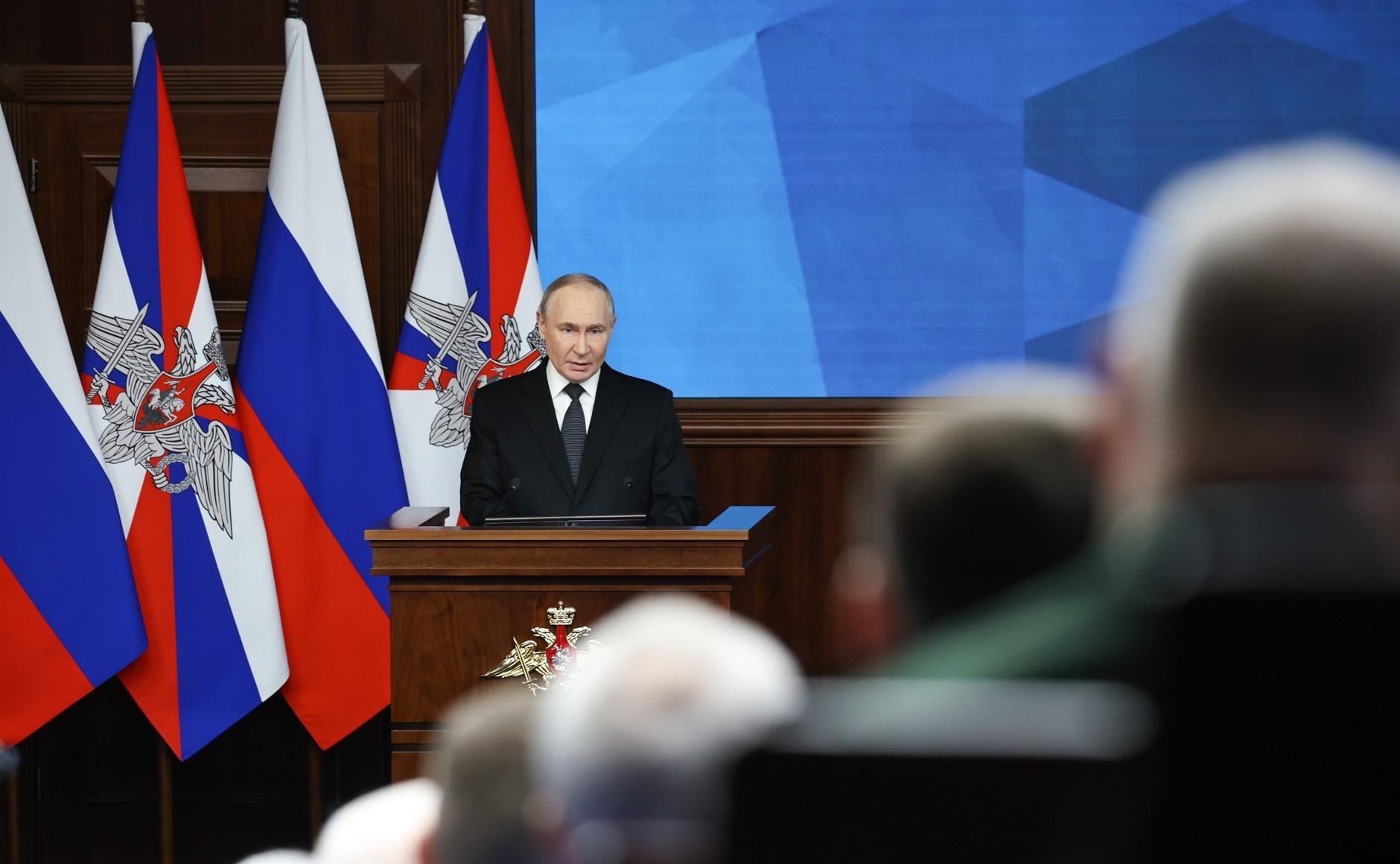
The Economic Aspect of Russia’s War in Ukraine: Sanctions, Implications, Complications (Part One)
The Economic Aspect of Russia’s War in Ukraine: Sanctions, Implications, Complications (Part One)
Russia’s full-scale war of aggression against Ukraine, which commenced on February 24 (Kremlin.ru, February 24), pushed the world’s largest advanced economies to introduce several rounds of increasing economic sanctions against the Russian Federation (Meduza, March 8). While the initial impact of those punitive measures seemed catastrophic (Kommersant, March 31), the Russian economy has slowly begun adjusting, according to Moscow (RIA Novosti, March 31; Meduza, February 28). The degree to which reality diverges from pro-Kremlin propaganda requires a close analysis of the impact and potential consequences of the Western economic sanctions on four key pillars of the Russian economy: 1) the natural resources sector, 2) heavy industry (for civilian end users, 3) agriculture and fertilizer production, as well as 4) the defense sector and Russia’s domestic military-industrial complex.
Despite years of political rhetoric about pursuing economic diversification, Russia remains foremost a resource-exporting economy (see EDM, March 16, 2021). Perhaps the best illustration of this is Moscow’s anxiety over potential economic sanctions targeting its energy sector—de facto one of the few (if not the only) major drivers of the Russian economy.
In mid-March, Russian media reported with relief on the European Union’s decision not to emulate the United States’ self-imposed embargo on Russian energy sources (Izvestia, March 21). Emboldened, Moscow toughened its stance vis-à-vis European customers, demanding that all oil and natural gas payments by “unfriendly countries” be made in the Russian national currency (Lenta, March 23). The Kremlin counted on the belief that despite growing political and social pressure to do so, the EU is not yet physically ready to cut its energy ties with Russia. A decades-long dependency on Soviet/Russian energy resources among a number of European states—such as Hungary, Germany and others—made the prospect of a potential breakup with Russia an ordeal for many European politicians, allowing Russia to remain the EU’s key energy supplier, and to finance its war against Ukraine. Nonetheless, this reality may soon be challenged in a drastic manner. Large EU customers have rejected Moscow’s demands to pay for Russian energy in rubles (see EDM, April 4). And the latest round of EU sanctions includes a ban on coal from Russia, while looking ahead to speeding up cuts in oil purchases (EurActiv, April 8). Moreover, according to Russian and German sources, Germany—Russia’s key EU customer and the largest European economy—is reportedly ready to drastically reduce oil and gas imports from Russia by the end of 2023–2024 (Kapital-rus.ru, Spiegel, March 25).
Berlin plans to achieve this in three main ways: by strengthening its energy ties with the US, which is already taking place through the EU-US “energy alliance” (Rosbalt, March 24); pursuing greater cooperation with Qatar, with which Germany has already concluded a large deal on liquefied natural gas (LNG) (Oilcapital.ru, March 21); and promoting renewable and green energy.
Russia expects that Asia could substitute the progressive loss of European clients; but this view, too, could prove delusional. Conspicuously, China is making sure that Russia is not its only supplier of non-renewable energy: in addition to concluding a large deal with Qatar (Gulfif.org, June 16, 2021), Beijing is also boosting ties with Iran and Iraq, and developing energy relations with African actors. On top of that, China has increased its production of green energy by 30 percent (Regnum, February 3), increasing the current share of this component in its energy mix to 29.8 percent (Obzor.lt, February 3). Thus, if (and when) the EU decreases imports of Russian hydrocarbons, China alone will not be in a position to buy up all of Russia’s surplus energy. It is also worth noting that, in its search for new opportunities, Russia is already offering oil to prospective buyers under a considerable price markdown. For instance, Moscow is reportedly tendering oil to India with a $31–35 discount, meaning a barrel of Russian oil could cost approximately $92 (Kapital-rus.ru, March 31).
This generous bargain poses two main challenges. First, Indian businesses are ready to import Russian oil only “as long as it makes economic sense,” meaning that the willingness to purchase Russian oil is inseparable from its low(er) price (Gazeta.ru, March 31). Thus, Russia will have to continue selling this resource at a significantly lower price than what is offered on the market, irrespectively of the actual global price of crude and its fluctuations. Second, India will likely only collaborate with Russia for as long as this does not invite the prospect of US sanctions (Lenta, March 31). If New Delhi is forced to choose sides, it is highly unlikely that it will openly side in Moscow’s favor. Not only are Russian-Indian economic ties ($8.1 billion in trade turnover during April 2020–March 2021—Indianembassy-moscow.gov.in, accessed April 11) negligible compared to bilateral trade relations with the US ($146 billion in 2019— Ustr.gov, accessed April 11), but also New Delhi sees that Moscow prioritizes its relations with Beijing.
Finally, when it comes to Russian natural resource extraction amidst tightening Western sanctions, three other aspects need to be underscored. First, the Russian energy sector (especially the oil industry) is already facing an over-production crisis. Currently, Transneft, Surgutneftegas, Zarubezhneft and Lukoil have a surplus of crude volumes that major insurance companies are unwilling to cover; production drops in the near to medium term, thus, look inevitable (Rosbalt, March 30). But given its climactic conditions, Russia cannot easily conserve oil-producing facilities without a threat of damaging them. Second, as technical and economic problems mount, older oil-producing areas along the Komi-Perm-Tatarstan-Udmurtia-Bashkiria-Orenburg line will be impacted. These areas are heavily populated by ethnically non-Russian peoples, which, in the case of a deepening economic crisis, could lead to the development of anti-Moscow moods there. Third, Russia’s ambitious LNG plans—both in terms of developing new gas deposits and the construction of LNG facilities—may increasingly be threatened. The severing of ties with major Western energy firms will leave Russia without cutting-edge technologies in the realm of Arctic zone drilling and LNG compression methods (YouTube, March 21), which could effectively derail Russia’s strategy in this area.
All that said, Russia’s energy sector—the key source of funds to drive Russia’s military aggression in Ukraine—will only be effectively threatened if the EU can quickly adopt a serious embargo on hydrocarbon imports from Russia. Otherwise, the sanctions-related damage incurred by the Russian economy will take its toll much too slowly to have an effect on the current war against the Ukrainian state and nation.


